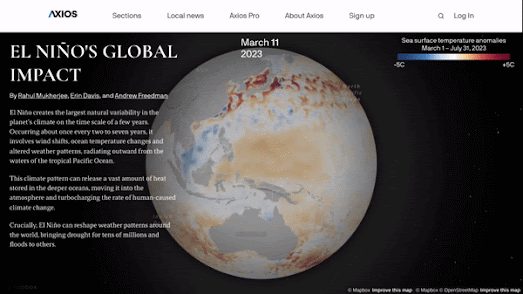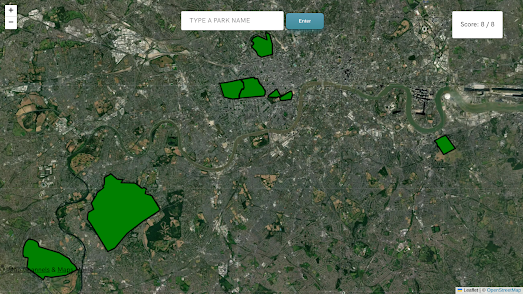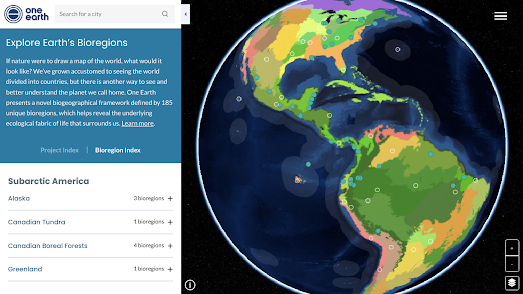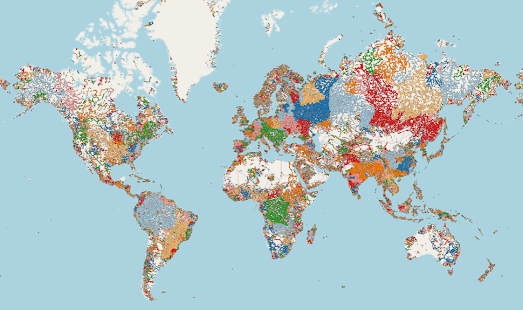Posts
Showing posts from September, 2023
The Global Problem of Forever Chemicals
- Get link
- X
- Other Apps
Live 2 Years Longer with Better Air Quality
- Get link
- X
- Other Apps
The Unknown Pleasures of Population Density
- Get link
- X
- Other Apps
The World's Bioregions & Ecosystems Mapped
- Get link
- X
- Other Apps
The River Basins & Watersheds of the World
- Get link
- X
- Other Apps

























